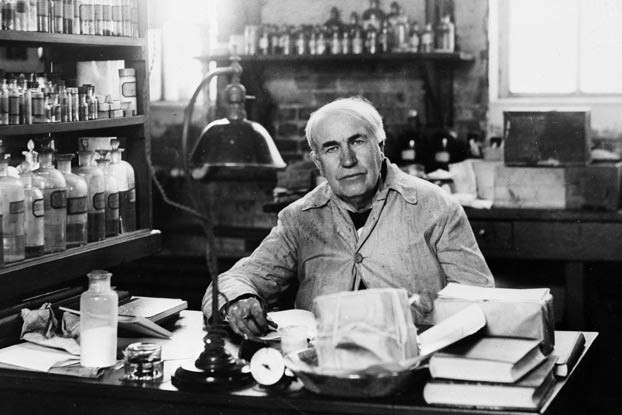6. Andrew Wakefield’s Autism-Vaccine Hoax

In 1998, Dr. Andrew Wakefield, a well-regarded scientist, published an article in the prestigious medical journal, The Lancet, claiming that there was a link between autism and the Measles Mumps and Rubella (MMR) vaccine.
The trouble is, Wakefield falsified much of the data in that paper.
Investigative reporters and the medical community have since discovered that Wakefield’s paper was a complete fraud. He faked his patients’ medical histories and published the results of his fraudulent study all in the name of money. What Wakefield didn’t count on was that payoff coming to light.
The British Medical Journal discovered that Wakefield had received $674,000 from lawyers who were hoping to sue vaccine companies. In order to get the results that the lawyers wanted, Wakefield faked his data in a couple of different ways: He chose some patients in his 12-person study who already had signs of autism and lied about others developing autism after getting the MMR vaccine.
In 2004, some of his fellow researchers found out about the law firm backing the research and withdrew their names as study co-authors. The Lancet retracted the paper in 2010 and Wakefield was stripped of his medical license.
Wakefield and some of his fellow scientists continue to defend the study, saying that there was a scheme to cover up the link between vaccines and autism, but no peer-reviewed study has been able to replicate Wakefield’s results.
That faked paper from the ’90s is having real public health effects to this day. Some parents — fearing for their children’s safety — are still opting not to get the MMR vaccine. This drop in vaccination rates has caused a spike in cases of measles, a dangerous childhood illness.
5. Thomas Edison Electrocutes an Elephant

Thomas Edison was the quintessential genius — a self-made man, inventor, and scientist, but even geniuses screw up sometimes.
Around the turn of the last century, Edison researched and developed electricity, specifically direct current (DC) electricity. There are two types of electricity that we use today: direct current and alternating current (AC). If you’ve ever traveled to Europe or parts of South America, chances are you’ve encountered a DC outlet. In the U.S., AC is the standard, but that wasn’t always the case.
Back in the early 1900s, the AC/DC debate was similar to the VHS or Beta videotape wars of the 1980s. Which type would win out? Scientists got pretty competitive. Edison was making big money off of his DC patents, since it was the standard in the U.S. at the time, so when George Westinghouse and Nikola Tesla discovered a competing form of electricity — that happened to be more efficient and less expensive — things got ugly.
In an effort to discredit Westinghouse’s and Tesla’s AC electricity, Edison did what any level-headed scientist would do: He electrocuted a bunch of animals to show that AC current was more dangerous than DC. He even called these electrocutions “getting Westinghoused”. He started these “experiments” on smaller animals, like dogs and cats, but when the Luna Park Zoo on Coney Island had an elephant named Topsy that they were planning to put down, Edison jumped at the chance to electrocute her.
All of those cruel animal deaths turned out to be for naught. Because of some complications with DC, the U.S. ended up adopting AC as the electrical standard despite Edison’s wrong-headed efforts.

